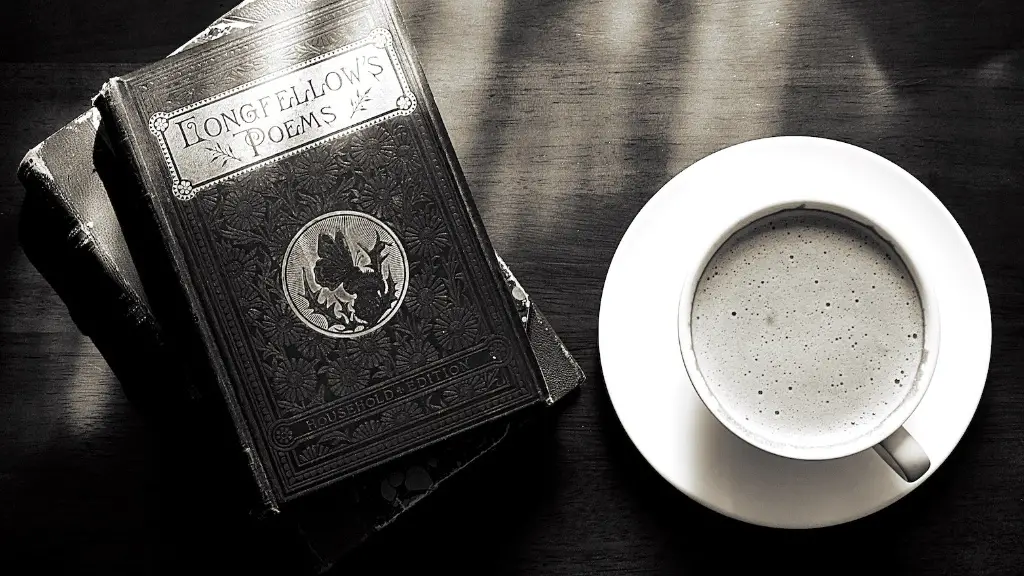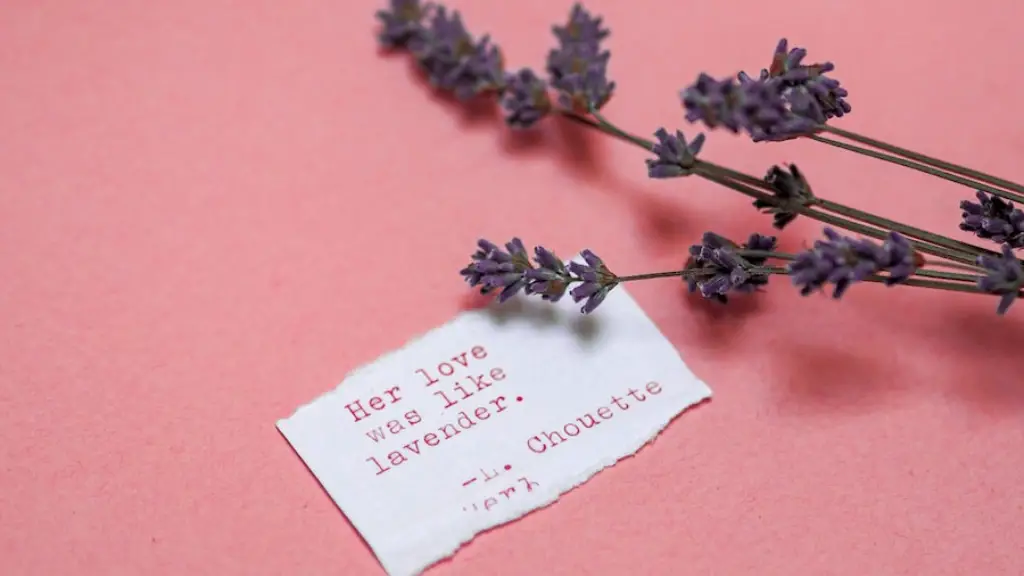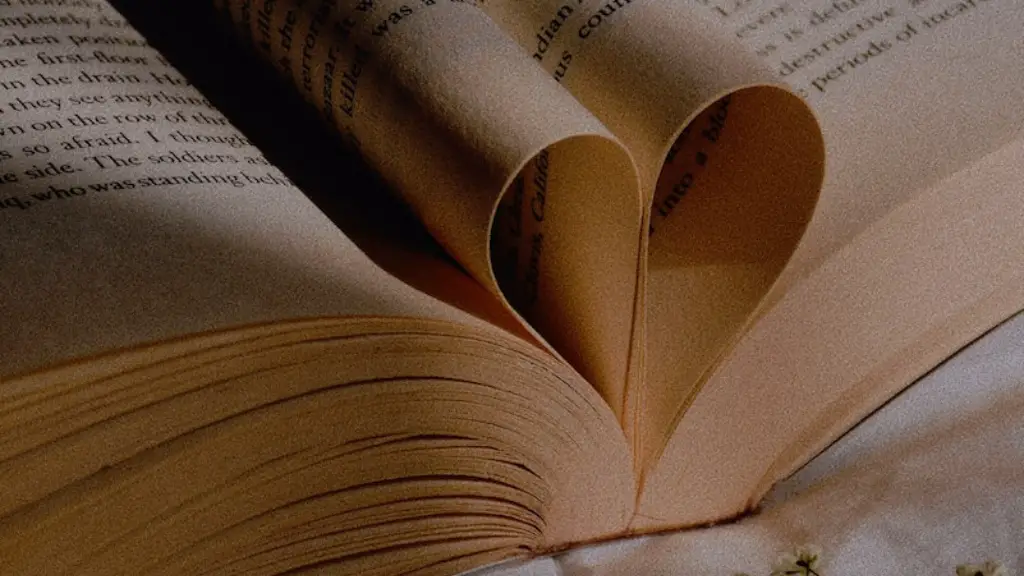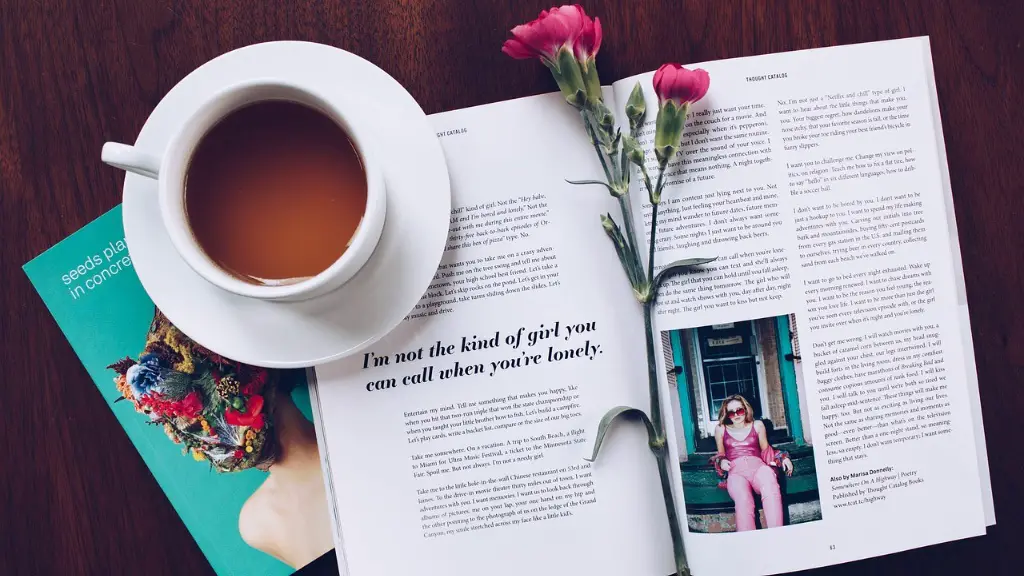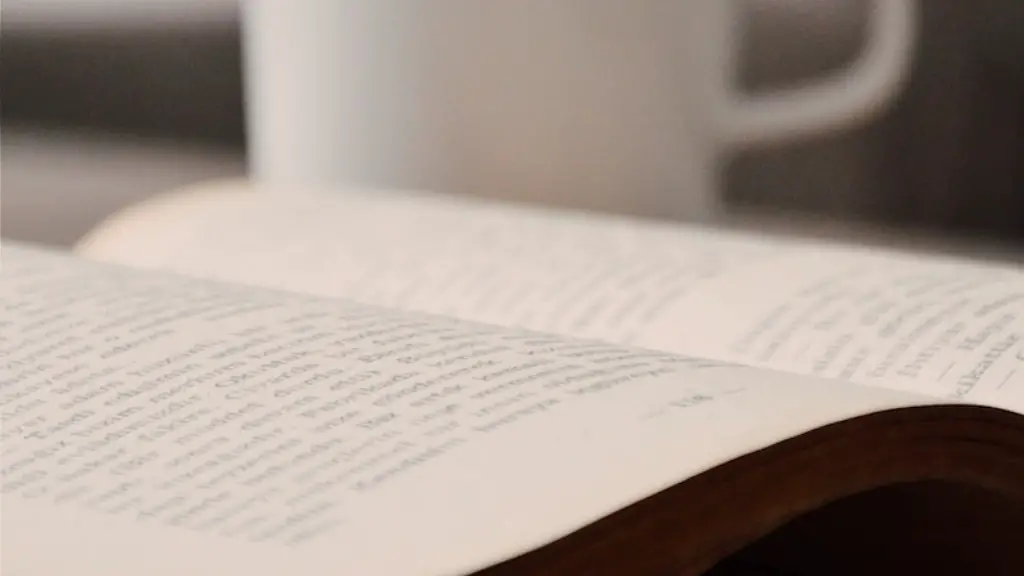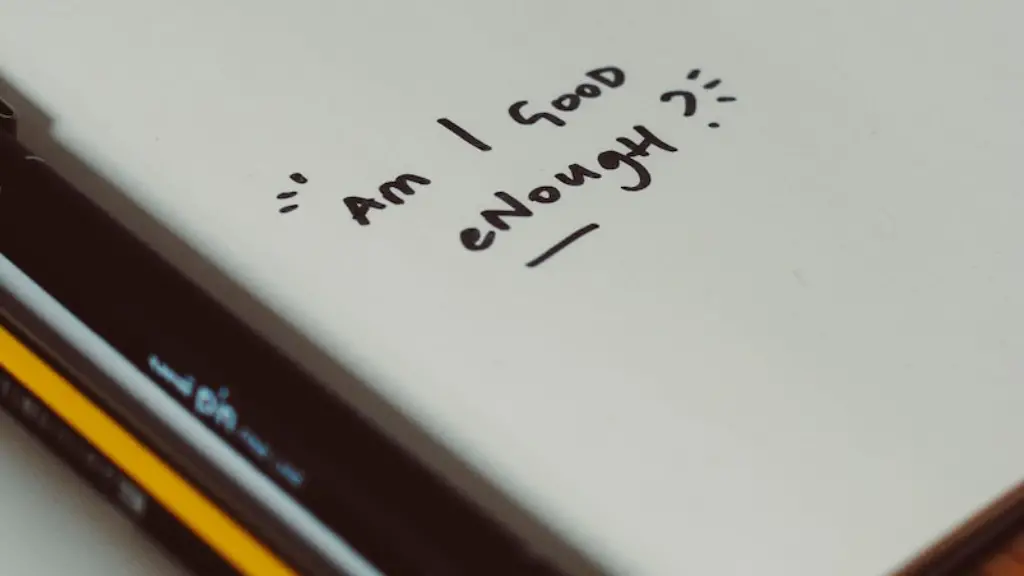Emily Dickinson was a prolific poet who wrote in a unique style. Her poems are short, often just a few lines long, and they use simple language. Her poems often explore dark or difficult subjects, but they also contain moments of joy and beauty. If you would like to write a poem like Emily Dickinson, here are a few tips:
There’s no one definitive answer to this question, as every poet has their own unique style. However, if you’re hoping to write a poem like Emily Dickinson, here are a few tips to keep in mind:
1. Use simple, everyday language. Dickinson’s poems are known for their down-to-earth language and accessibility, so avoid using overly flowery or complex words.
2. Focus on a single subject or theme. Dickinson was a master at zeroing in on a specific subject and exploring it in depth.
3. Be concise. Dickinson’s poems are often quite short, so don’t be afraid to be brief.
4. Play with form. Dickinson was known for experimenting with different poetic forms, so don’t be afraid to get creative with your verse.
5. Use lots of white space. Dickinson’s poems often have large amounts of white space on the page, so don’t be afraid to leave some room around your words.
How to write a poem with Emily Dickinson style?
Emily Dickinson’s poems often employ short stanzas, mostly quatrains, with short lines. This creates a concise and powerful effect, especially when contrasted with the longer, looser stanzas found in a few of her poems. The result is a unique and memorable style that has helped to make her one of the most celebrated poets in American history.
Dickinson’s poems often employ a distinctive form and style. Her poems are typically short, with a single speaker who expresses thought and feeling. Dickinson often uses simple language and images, and her poems often have a light, conversational tone.
What literary techniques does Emily Dickinson use
Dickinson’s poetry often features ambiguous subjects, which can be further heightened by her use of imagery, enjambment, and dashes. By using these devices, Dickinson creates an even greater sense of uncertainty and allows readers to interpret her poems in multiple ways. This ambiguity can be seen as a strength of her poetry, as it allows for multiple readings and different levels of meaning.
Emily Dickinson’s poetry is characterized by its unconventional themes, individualism, transcendentalism, spiritualism, realism, and symbolism. Her poems often explore controversial topics such as death and mortality, which was a taboo subject in her time. Dickinson was also a very private person, and her poems reflect her introspective and individualistic nature. Transcendentalism is a major influence in her work, as she believed in the spiritual and transcendent aspects of life. This is reflected in her poems about nature and the universe. Dickinson was also a realist, and her poems often depict the harsh realities of life. Lastly, her poems are often laced with symbolism, which adds to their depth and meaning.
What was Emily Dickinson’s tone?
Emily Dickinson is a unique poet who has a couple of different tones in her poetry. She has death and suffering poems, in which she is quite pessimistic and depressing, very dark and gloomy. But she also has some poems that read like tiny essays with a cognition above and beyond all other poets.
It is true that Emily Dickinson often addressed common literary themes in her poetry, but she did so in a unique and often unconventional way. Her use of language and imagery was often startling and unexpected, and her poems often deal with complex emotions and ideas. As a result, Dickinson is considered one of the most innovative and original poets of her time.
Why didn t Emily Dickinson publish her poems?
This is a valid point. Dickinson may have felt that her poems were perfect the way they were and didn’t want to change a single word. However,Todd and Higginson may have felt that some of the language was too archaic or difficult for the average reader to understand. They may have thought that by changing some of the words and phrases, it would make her poems more accessible to a wider audience.
Hope is the light that guides us through the dark, the voice that gives us strength when we are weak. Hope is what sustains us when all else fails, and it is what gives us the courage to go on. Hope is the thing with feathers that perches in the soul and sings the tune without the words – and never stops at all.
What was strange about Emily Dickinson
Emily Dickinson was considered strange by many people in her hometown. She often wore white clothing, was very reclusive, and refused to come downstairs to greet guests. Sometimes she would only communicate through the closed door of her bedroom. Some people believe that she was ahead of her time and that her unconventional behavior was a sign of her genius.
Emily Dickinson was an American poet who wrote about a wide range of topics including emotional and psychological states, death, religion, and love. Her poems are known for their frank depictions of human experience and her unique use of language. Dickinson is considered one of the most important poets of the 19th century.
What influenced Emily Dickinson’s writing?
Emily Dickinson is one of the most celebrated poets of the 19th century. Her poetic style was affected mostly by the poets of her own time, as well as her reading of the Book of Revelation. The latter had a profound influence on her understanding of death and the afterlife, which is reflected in many of her poems. Her desire for intimacy, both with nature and with other people, also helped her produce some of her most notable poems.
The dashes in this poem are used to create silence and force the reader to take a break. Johnson refers to this as a “musical device” because it mimics the effect of a comma. This pause allows the reader to take a moment to reflect on the poem and its meaning.
What is Emily Dickinson’s personality type
Emily is an INFP personality type, which means she is introverted, idealistic, and adaptable. Emily likely enjoys being alone or with small groups of people and prefers to listen to and contemplate while in discussions.
In this poem, Dickinson reflects on the bittersweet relationship between beauty and grief. She observes that both can be equally intense and overwhelming, and that each can be a source of comfort in its own way. Dickinson ultimately concludes that, though they may be difficult to bear, both grief and beauty are essential parts of life.
Who did Emily Dickinson marry?
There is no one definitive answer to this question. Some scholars believe that Dickinson may have experienced same-sex attraction, while others believe that she simply never found the right person to marry. Whatever the case may be, it is clear that Dickinson had a deep need for human connection, which she achieved through her many friendships.
In Emily Dickinson’s poems, the color purple typically represents royalty, majesty, and grandeur. However, the poet also employed the color to symbolize other concepts, such as nature, death, and love. Dickinson was clearly enamored with the color purple, as she mentioned it 54 times in her poetry. This suggests that the color had great personal significance for the poet.
How many poems did Emily Dickinson published before she died
Dickinson’s work was largely unknown during her lifetime, with only a handful of her nearly 1,800 poems being published. It wasn’t until after her death in 1886 that her work began to gain attention, with competing editors and heirs vying for control of her legacy. While her work is now widely appreciated, it’s interesting to ponder what might have been had she been able to share her poetry with the world during her lifetime.
Dickinson’s life in a small New England town during the 19th century was deeply affected by the high mortality rate for young people. She witnessed many death-scenes in homes, which contributed to her preoccupation with death, her withdrawal from the world, her anguish over her lack of romantic love, and her doubts.
Warp Up
There’s no one definitive answer to this question, as each person’s approach to writing poetry will be unique. However, there are some elements that are often found in Emily Dickinson’s poems which you may wish to incorporate into your own work. These include the use of nature imagery, concise and powerful language, and elliptical or unresolved endings. Experiment with different techniques and see what works best for you – the most important thing is to enjoy the process of writing!
Emily Dickinson’s poems are characterized by their use of simple language to convey complex emotions. To write a poem like Emily Dickinson, start by choosing a topic that is meaningful to you and that you have a strong emotional connection to. Then, use short, simple phrases to describe your emotions and experiences related to the topic. Be sure to use sensory language to create vivid images for your readers. Finally, end your poem with a powerful statement that captures the essence of your feelings.
